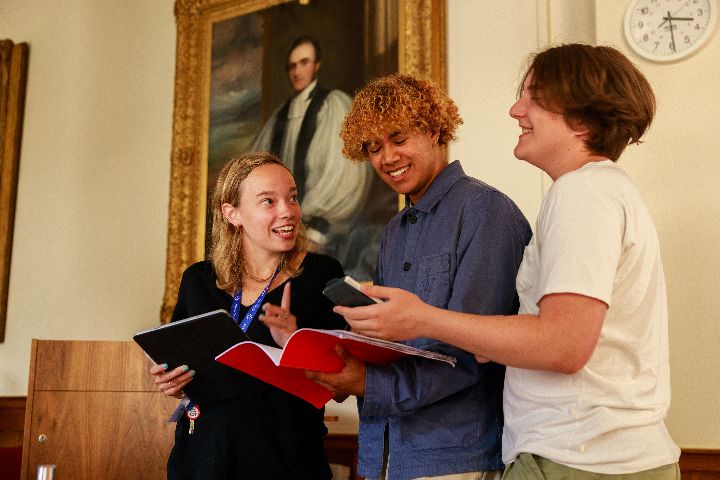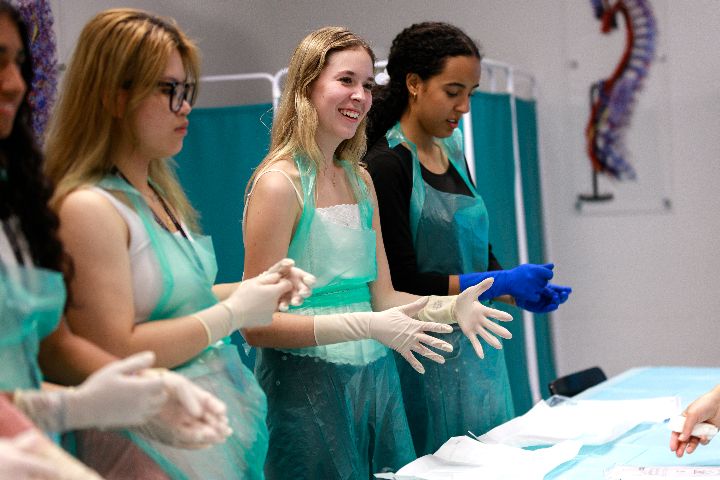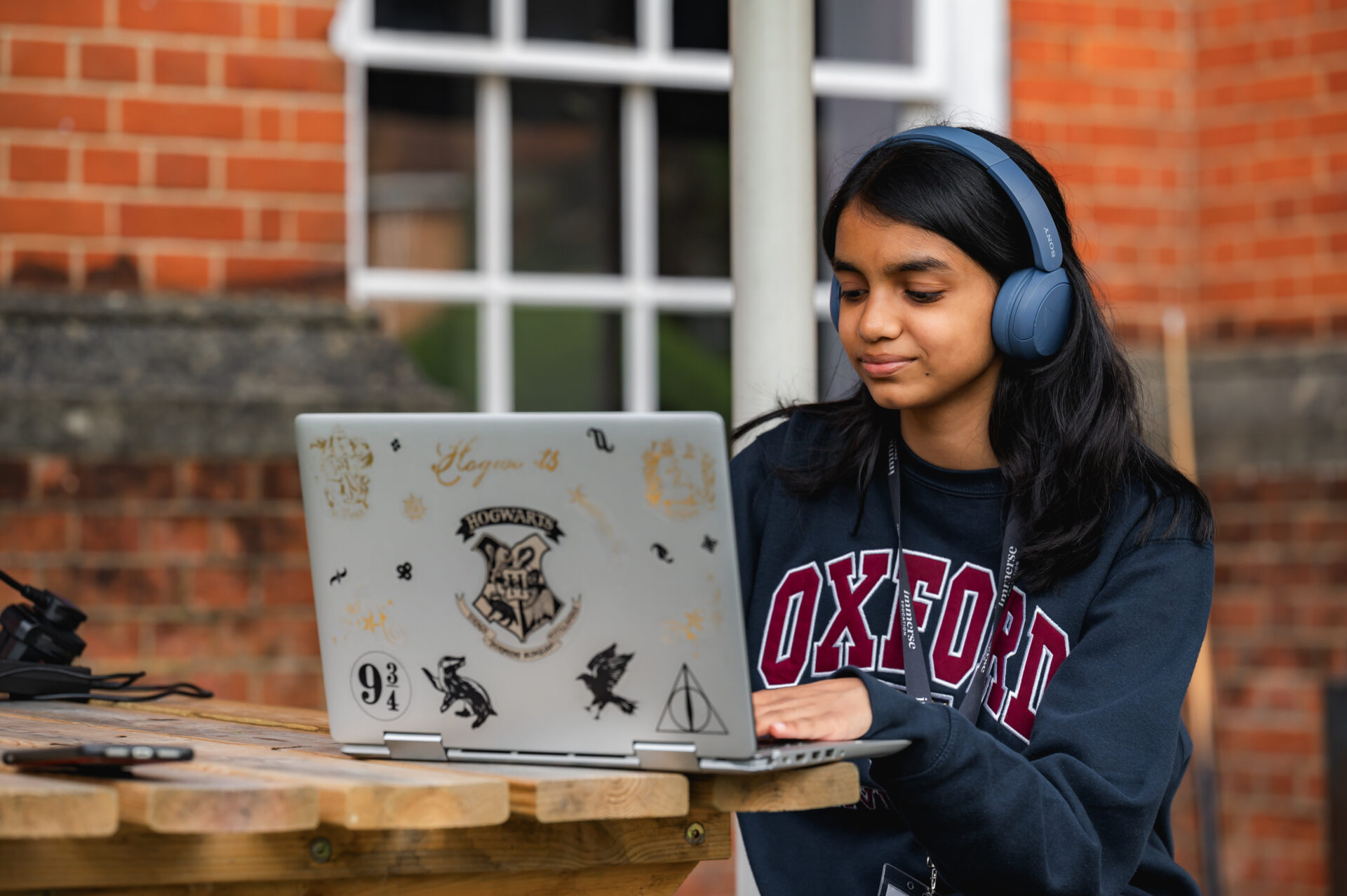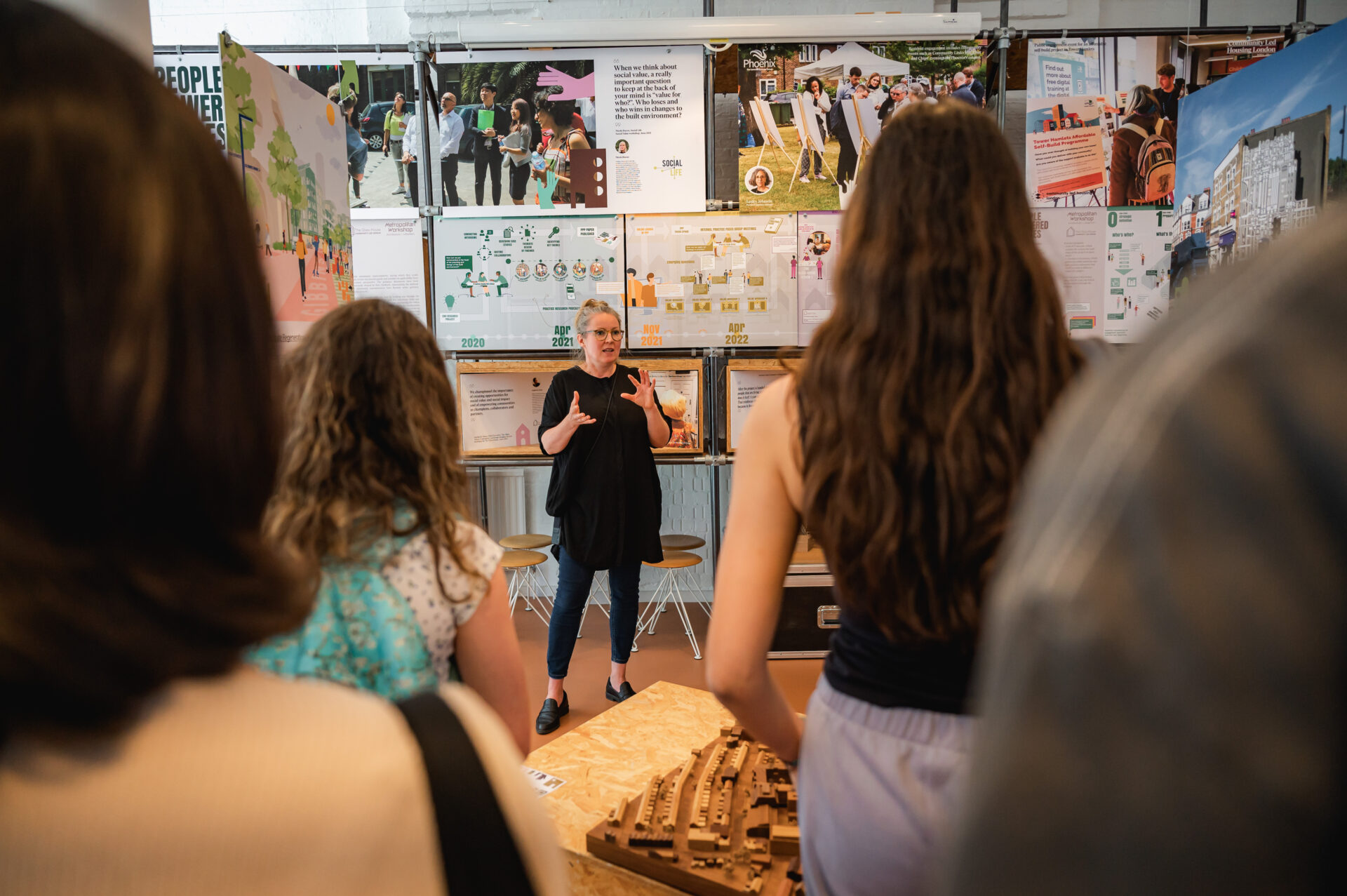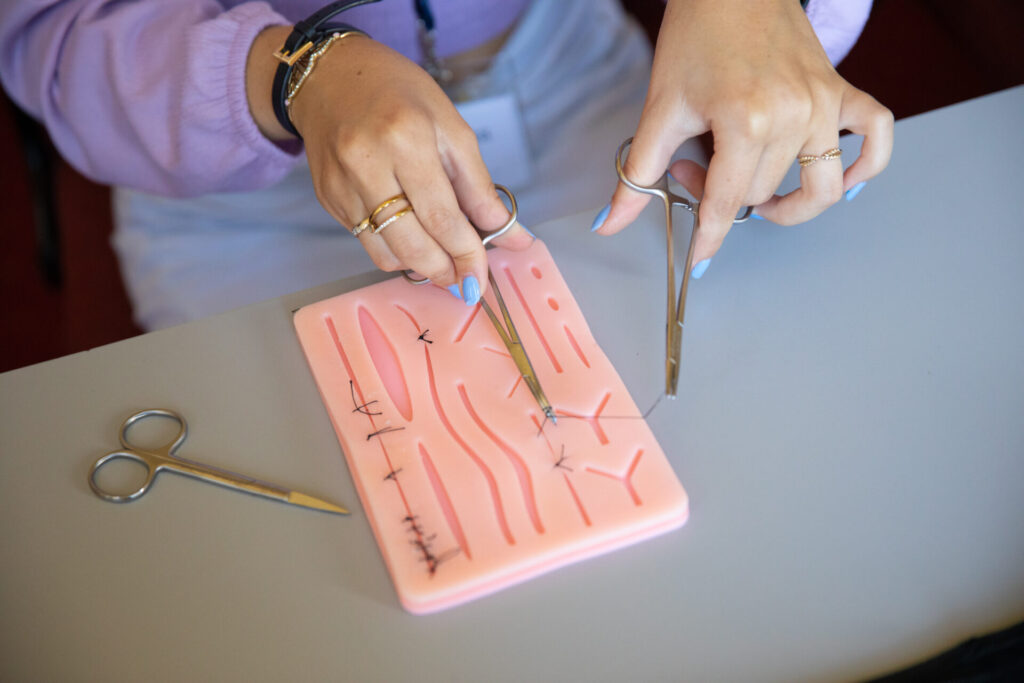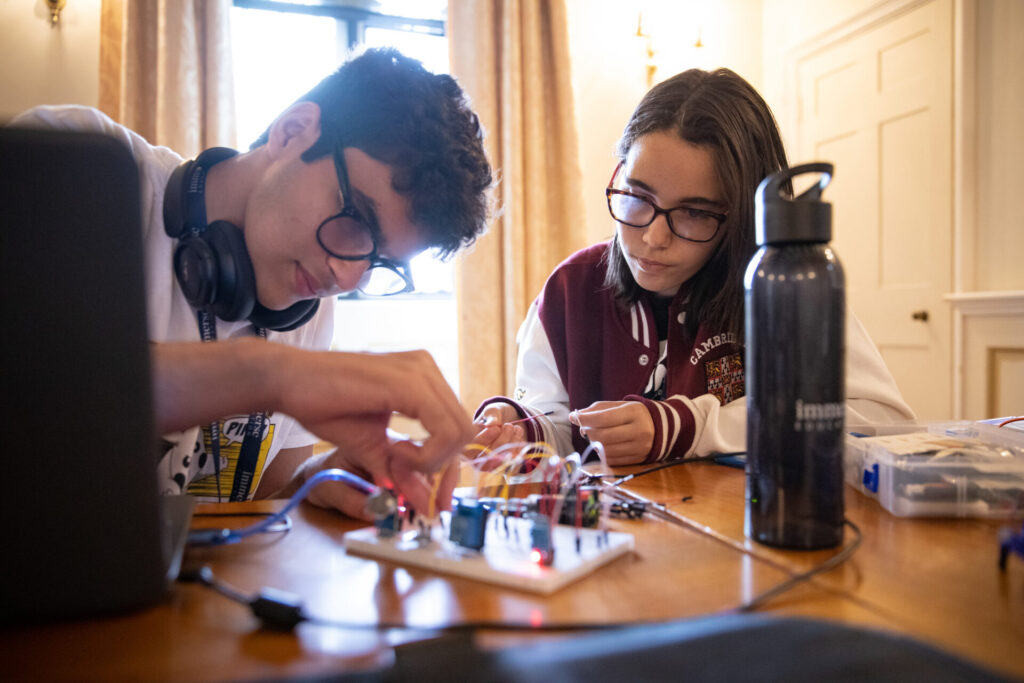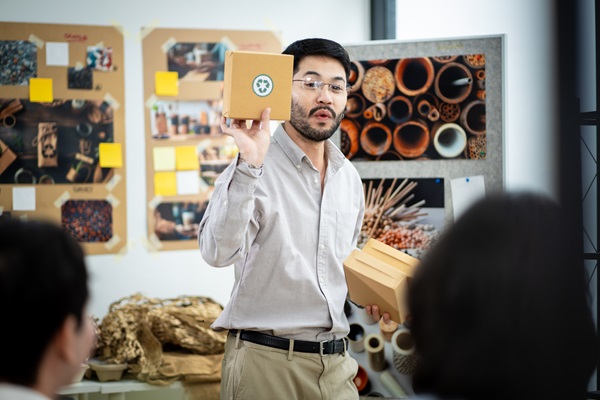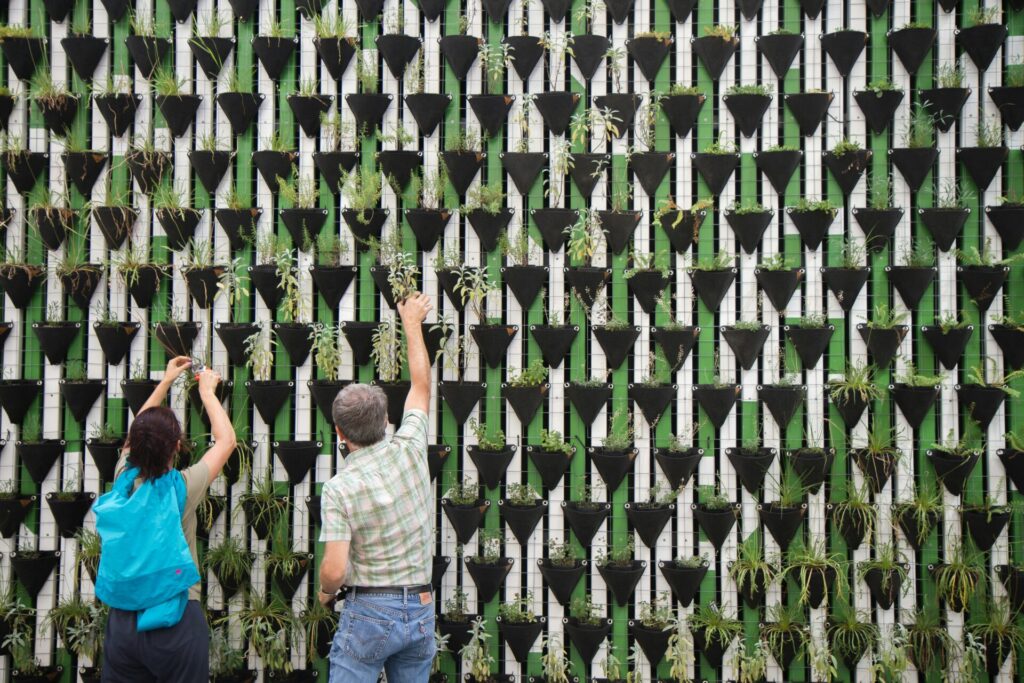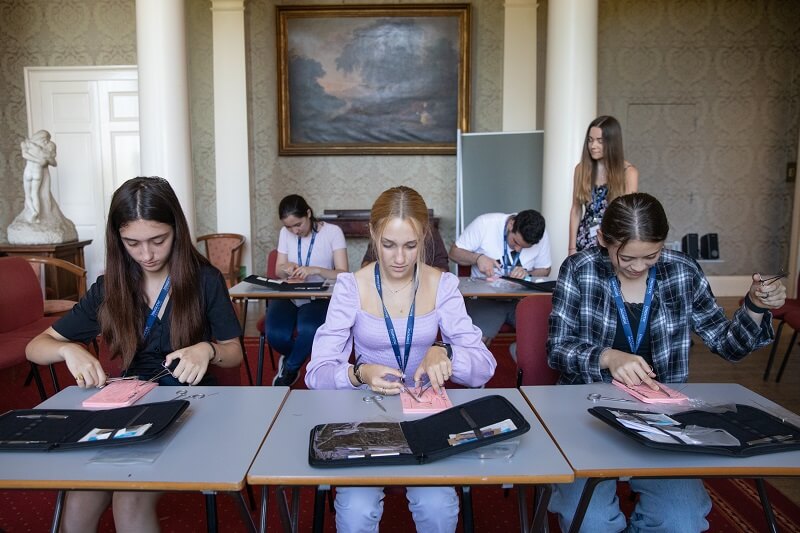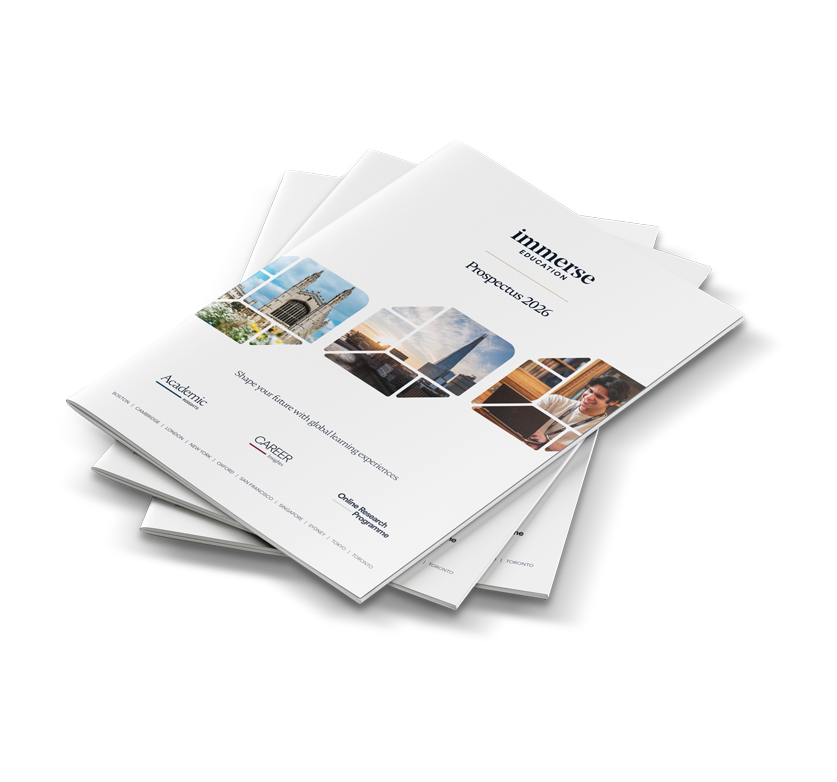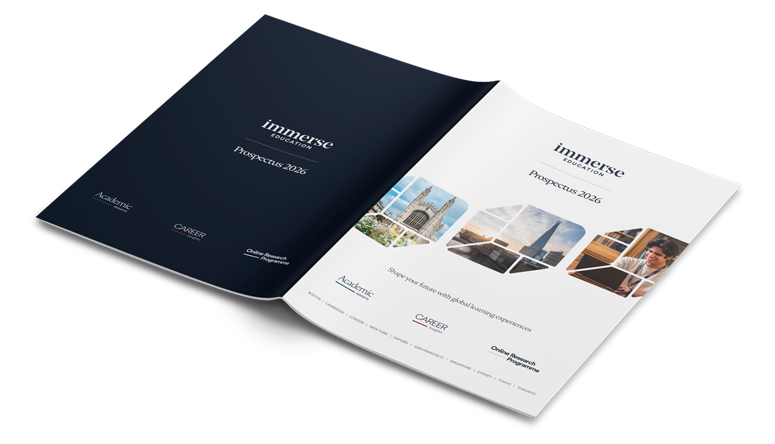For students fascinated by design, creativity, and construction, pursuing architecture work experience in year 12 is an exciting opportunity to explore the profession. Whether you dream of designing futuristic skyscrapers, restoring historic buildings, or creating eco-friendly homes, a placement provides a hands-on introduction to the field of architecture.
This guide covers everything you need to know, from who should apply and what to expect, to tips on crafting a standout application and exploring opportunities like architecture summer programmes.
Who Should Apply for Architecture Work Experience in Year 12?
Are you someone who loves sketching designs, thinking creatively, or solving technical problems? If this sounds like you, completing architecture work experience in Year 12 could be your gateway to a fascinating career.
You may find this type of experience particularly rewarding if you:
- Have a passion for design and enjoy subjects like Art, Design & Technology, or Graphics.
- Enjoy problem-solving and thinking critically, often fuelled by ability in maths or physics.
- Love the built environment, whether by admiring famous landmarks or thinking about how spaces function for people.
- Possess a creative mind but are equally intrigued by technical structures and real-life applications of design.
Students keen on innovative construction methods, green architecture, or urban planning can also use this opportunity to clarify their interests early on.
Even if you’re undecided about committing to architecture, gaining work experience during Year 12 can offer a valuable insight into whether the role aligns with your career aspirations and personal style.
What Happens During Architecture Work Experience for Year 12 Students?
Architecture placements are structured to introduce students to the key aspects of the profession while providing a real-world taste of the industry. Although every firm’s program varies slightly, here’s what you might expect during your placement:
Day-to-Day Activities
- Studio Immersion
Observe architects at work as they conceptualise designs, draft blueprints, and collaborate with clients. You’ll get to see how an idea evolves from paper to a physical project. - Shadow Professionals
Spend time assisting junior architects or designers and gain insight into their roles, tasks, and software tools. - Design Exploration
Depending on the firm, you may contribute to brainstorming sessions, create sketches, or experiment with model-making techniques. - Technical Tasks
Learn the basics of architectural tools like CAD (Computer-Aided Design) software or help with organising project files and documentation. - Site Visits
Some firms might arrange site visits to construction projects, helping you see how the theoretical meets the practical.
Skills You’ll Develop
Through these activities, you’ll develop both technical and transferable skills such as critical thinking, design principles, effective communication, and attention to detail. Engaging in a professional architectural setting equips you with foundational skills that design schools and future employers value.
How Year 12 Architecture Work Experience Helps You Prepare for Design School
Pursuing architecture work experience in year 12 doesn’t just give you a glimpse into the field. It also lays solid groundwork for succeeding in design school and beyond.
Portfolio Development
One of the key requirements for architecture school is a strong portfolio of creative work, highlighting your design and artistic abilities. During your placement, you might develop sketches, concept art, or models that could become vital additions to your portfolio.
Technical Proficiency
Using industry-standard tools like CAD or SketchUp sharpens your technical skills, giving you a head start when these tools inevitably feature during your architecture degree.
Understanding Architecture’s Realities
Workplaces often reveal nuances that no textbook explains. Seeing how architecture firms balance creativity with practical constraints (like budgets and safety regulations) is invaluable.
Inspiration and Mentorship
Work experience provides exposure to professionals who can mentor and inspire you. This can help solidify your future career aspirations or refine your goals if you decide to pursue a specialisation in urban planning, sustainability, or heritage architecture.
Join the Immerse Education 2025 Essay Competition
Follow the instructions to write and submit your best essay for a chance to be awarded a 100% scholarship.

Benefits of Completing Architecture Work Experience in Year 12
Wondering if pursuing architecture work experience is worth the time and effort? Here are just a few of the many reasons why it’s so beneficial:
Personal Growth
Engaging with challenging tasks and collaborating in a professional setting allows you to step outside your comfort zone and grow your confidence.
CV and Personal Statement Enhancement
Having real-world experience with an architecture firm makes you stand out when applying to universities or internships. Your CV and personal statements will highlight your commitment, initiative, and valuable first-hand experience.
Explore Career Suitability
Work experience helps you determine whether architecture is the right career for you. It can confirm your passion or steer you toward related fields like interior design, civil engineering, or urban development.
Networking Opportunities
The professionals you meet during your placement could become long-term mentors or contacts to support your career aspirations. They might even open doors for future internships and jobs.
Where to Find Architecture Firms Offering Year 12 Work Experience
Finding the right placement takes some effort, but there are numerous opportunities if you search in the right places.
School and College Resources
Career advisors, teachers, or school partnerships may have information about architecture firms in your area that regularly offer placements to students.
Online Platforms
Websites like Springpod or Architects Journal Jobs often list work experience or internship opportunities targeted at school-aged students.
Approach Firms Directly
Research local architecture firms and express interest by reaching out with a tailored email. Many smaller firms don’t advertise placements, but they may be open to arranging flexible opportunities upon request.
Networking
Family, friends, or school alumni might have connections in architecture or building-related industries. Don’t hesitate to ask for recommendations and introductions.
Industry Events
Attend architecture fairs, exhibitions, or career days to meet firms offering placements or to learn more about the field.
Architecture Summer Programmes at Immerse Education
For students wanting to take their experiences to the next level, Immerse Education’s Architecture Programmes provide an exceptional learning opportunity. These summer programs are specifically tailored to ambitious students eager to develop their creativity while gaining hands-on architectural insight.
In just two weeks, you’ll gain insider access to some of the UK’s most exciting architecture studios, design spaces and urban landmarks — all while building your skills through workshops and creative projects.
You’ll explore the transformation of London’s iconic Battersea Power Station on a guided tour with the architects behind its redevelopment at WilkinsonEyre, gaining insight into heritage design and structural reinvention. At New London Architecture (NLA), you’ll step into their vast exhibition space for a bespoke workshop, then head out on a 2-hour architectural walking tour of the City, studying the evolution of London’s skyline using NLA’s giant 3D model.
Your time at D-Lab Studios includes a talk and Q&A with award-winning architect David Kirkland (designer of the Eden Project and Waterloo International Terminal), hands-on design work using professional modelling tools, and a site visit to Foxglove House — a sustainable home that brings regenerative design to life.
You’ll also dive into the behind-the-scenes world of project coordination with a day at Plan A Consultants, discovering the role of the design manager through activities with their team. At the Building Centre, you’ll explore the impact of architecture on everyday life, sustainable materials in construction, and the social responsibility of designers — all part of a session run by the Built Environment Trust. Rounding it out, you’ll walk the Barbican estate with an architectural historian, unpacking its brutalist legacy and community-driven planning.
All of this is delivered alongside immersive workshops and creative studio time, giving you a full picture of what it means to study and work in architecture today.
Immerse programmes combine academic training under the guidance of world-class architects and designers with practical workshops. You’ll experiment with real-world design challenges, practice model-making, and build a stronger understanding of architectural principles.
Key benefits include:
- Small group sessions for personalised mentoring.
- Industry-level projects that give genuine insight into modern architecture.
- Building a pre-starter portfolio for formal applications.
These programmes also help elevate your application to top-tier design schools, as the skills and mentorship gained from the experience highlight your commitment and ambition.
Architecture Firms Offering Year 12 Work Experience
If you’d like to complete your work experience directly with a firm or organisation, here are some places to explore. Opportunities for Year 12 students can be limited, so it’s a good idea to apply early.
Foster + Partners
Foster + Partners offers an annual paid work experience programme for Year 12 students, providing hands-on exposure to architectural design, studio work, and real projects at one of the world’s top architecture firms. The programme is competitive and highly regarded, giving students valuable insight into the profession.
Apply and learn more here
Scott Brownrigg – Future Talent Programme
Scott Brownrigg runs a one-week work experience programme for students in Years 10–13, including Year 12. Available at their Guildford and London studios, the placement includes design exercises, teamwork, studio tours, and presentations. They also offer virtual work experience via Speakers for Schools.
Details and application
John Robertson Architects
John Robertson Architects welcomes Year 12 students for work experience placements. While not always formally advertised, the firm encourages students to apply directly by sending a CV and cover letter. Placements offer practical experience in architectural design, model making, and site visits.
Official website
4. WS Planning & Architecture
WS Planning & Architecture offers a week-long unpaid work experience for Year 12 students at their Reigate and Croydon offices. The placement covers architecture, planning, and heritage, with opportunities to shadow architects, attend meetings, and engage in design tasks. Applicants typically apply via email with a CV.
More info here
Writing a Strong Application for Architecture Work Experience in Year 12
Given the competitive nature of architectural work experience, crafting a compelling application can make all the difference.
Craft an Impressive CV
- Highlight participation in subjects like Art, Design & Technology, or Maths.
- Include extracurricular activities like model-making clubs or art competitions.
- Mention any design-related projects or hobbies like DIY building or digital art.
Tailor Your Cover Letter
- Share why you feel architecture is the perfect match for your skills and interests.
- Mention the firm specifically, elaborating on their projects that inspire you.
- Keep your tone enthusiastic and professional while keeping it concise and clear.
Prepare for Interviews
- Reflect on why you’re pursuing architecture work experience and what you hope to learn.
- Research the firm’s projects to discuss their work with curiosity and insight.
- Express openness to learning and dedication to making the most of your time there.
Stay Professional
Finally, always follow up with a thank-you email post-interview or after securing a placement. It leaves a lasting positive impression and shows gratitude for the opportunity.
Start Your Journey Into Architecture Today
If you’re interested in a career in architecture, completing architecture work experience in Year 12 is an essential step. From confirming your aspirations to building portfolio-worthy skills, these placements provide a foundation that will serve you well throughout your education and beyond.
Start exploring opportunities today, from local firms to immersive summer programmes, and take the first step toward designing a brilliant architectural future!
FAQs
What’s the difference between architecture work experience and architecture/design internships?
Architecture work experience is generally shorter, lasting a few days to a week, and is often observational. You may shadow architects, attend meetings, or visit project sites. Design internships, on the other hand, are longer and involve more hands-on tasks like creating sketches, drafting designs, or working on small projects under supervision. Immerse Education offers a unique opportunity to take part in hands-on tasks that mimic an internship at multiple firms and organisations.
Where can I get architecture work experience in Year 12?
You can approach local architecture firms, design studios, or urban planning departments for placements. Some schools also collaborate with professionals to offer Year 12 students work experience opportunities in architecture. Be proactive in reaching out to potential firms or asking teachers about available programs.
Can I do architecture work experience online?
Yes, there are virtual opportunities to engage with architecture concepts and design tasks. The Immerse Architecture Online Research Programme is an excellent option, offering the chance to explore architectural theories, learn design techniques, and work on research projects from home, all with expert guidance.
What types of architect can I become?
Architecture offers diverse career paths, including becoming a residential architect, landscape architect, urban planner, restoration architect, or interior designer. Each specialization focuses on different aspects of designing and building spaces, allowing you to pursue what interests you most.
How can I present architecture work experience on my design portfolio or CV?
Include detailed sketches, design concepts, and any projects or ideas you contributed to. Highlight the skills you developed, such as creativity, problem-solving, or technical drawing. Make sure your portfolio reflects your learning and growth. For detailed advice, take a look at our article on How to Add Work Experience to Your CV.
